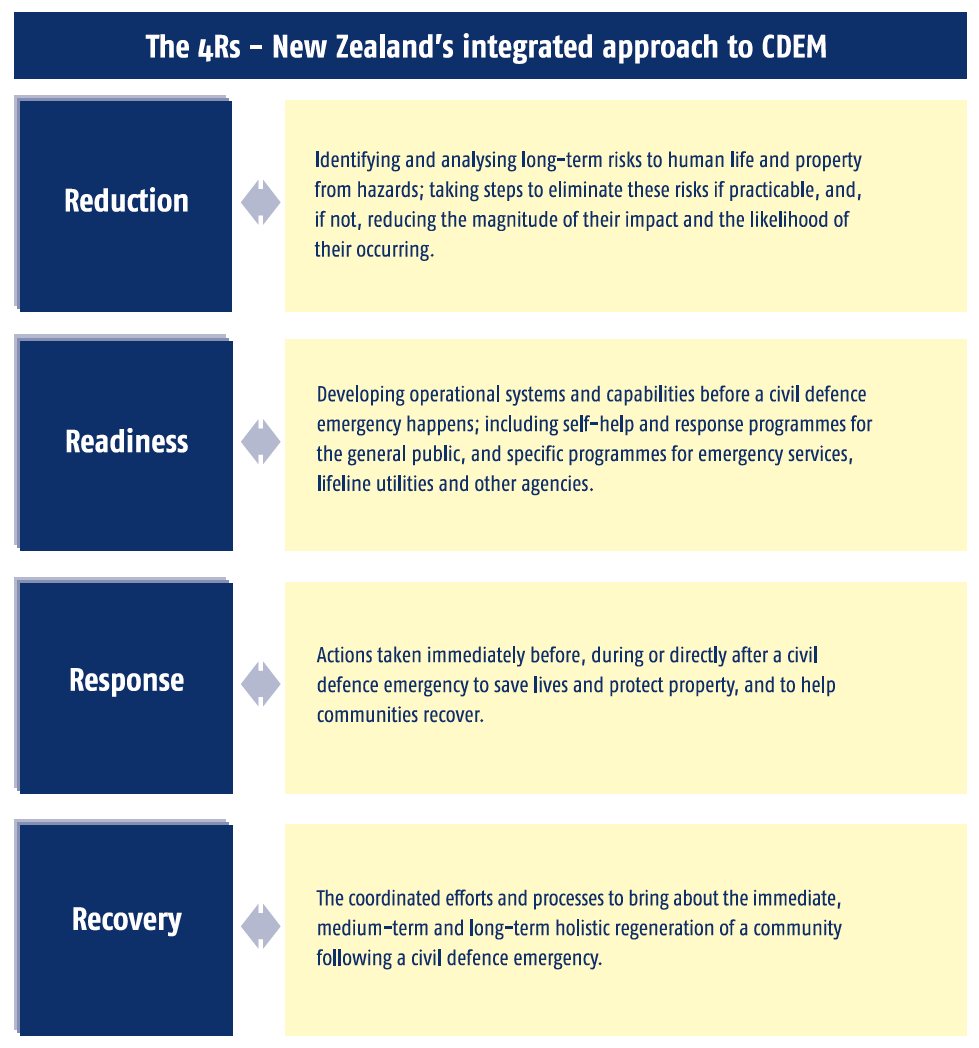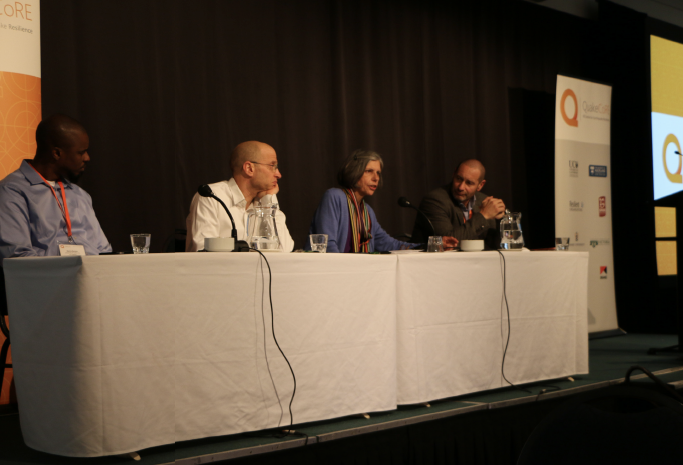Risk Communication
What is risk communication?
Risk communication is the intersecting point where practical management, policy making and social communication meet (Boholm, 2008). The aim of risk communication is:
To inform and educate the public about risk and risk management
Such communication is used to build knowledge and awareness around specific risks in order to influence attitudes and behaviours of the public that inform decision making required within emergency situations.
Traditionally risk communication was perceived to be a distinction between the expert and the public, scientific data versus social values and people who make decisions as opposed to those affected by them (Boholm, 2008). Experts in this scenario are the regulators, and scientific experts who assess the risk of disaster using scientific methods of analysis and then communicate the risk directly to the public (Boholm, 2008). But the problem with this approach is the disconnect between how the public interpret and analyse risk information which forms their own perceptions about any identified risks around them. This in turn contributes to their decision making and behaviour. Slovic (p. 5-8, 1986) describes four key problems that affect public risk perceptions:
1. People’s perceptions of risk are often inaccurate
2. Risk information may frighten and frustrate the public
3. Strong views are hard to modify
4. Naive views are easily manipulated through presentation
Together these risk perceptions highlight the need to shift away from a technocratic approach to a collaborative learning Risk communication approach by interacting with the public (Boholm, 2008). Ortwin Renn (2006), as cited by Kellens, Terpstra, & De Maeyer (2013) discusses that risk communication has evolved to focus on enhancing conversations between experts and the public to develop a shared understanding and response toward risk. This strategic shift can be applied to a diverse range
of risk management activities during large scale natural events that may affect human settlements. Therefore, this unified approach has become a crucial lens to explore how risk communication can inform risk management in Aotearoa.
Risk communication in Aotearoa
The Ministry for Civil Defence and Emergency Management (MCDEM) has a risk management framework for dealing with natural hazards in New Zealand. This approach is described as the ‘4Rs’ (New Zealand & Department of Internal Affairs, 2008), see Figure 6.


Figure. 6: (New Zealand & Department of Internal Affairs, 2008). The ‘4Rs’ — New Zealand’s integrated approach to CDEM.
In Aotearoa, there are multiple information sources and channels being used to communicate risk for the public. For example tsunami education can consist of evacuation maps, tsunami ‘safer for schools’ programmes, annual exercises, brochures, information boards and national advertising. Brenkert-Smith, Dickinson, Champ, & Flores, (2013) explain that it is important to integrate expert knowledge sources with informal social interactions, which can be seen through communicating emergency updates from MCDEM or local authorities via mass media and informal communications such as hearing about a neighbour’s actions through social media. A great example of this is how Te Tairāwhiti Civil Defence uses social media to post updates about natural hazards that in turn provide a platform for the community to share, discuss and engage with crisis information.
The importance of doing this recognises that local sources of information like one-to-one interactions are valued more because they offer a personalised experience as opposed to Risk communication mass media sources (Brenkert-Smith et al., 2012). Each communication channel employs different levels of information and messages which are determined by factors including understanding audiences, availability of power, time and resources (Sheehan, 2015).
In this project, I propose to test the process of integrating risk communication focussed on the exchange of information between experts and the public that responds to the ‘4Rs’ risk management approach. Because each communication channel employs different levels of risk information relating back to the ‘4Rs’ management approach there are multiple factors that determine what those communication should consist of. This project aims to unpack these understandings by using a Human-Centred Design methodology underlined with principles of Mātauranga Māori.

